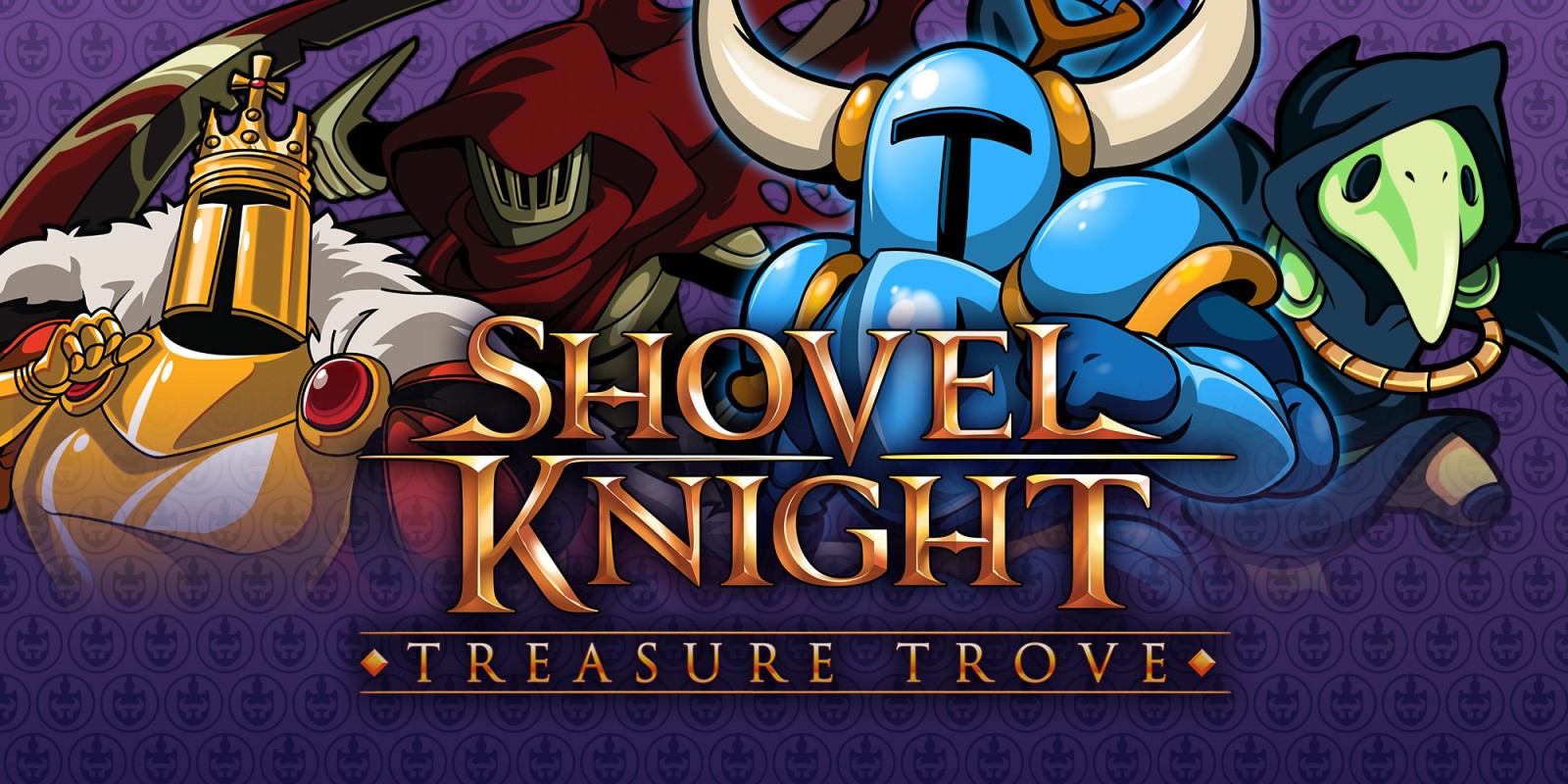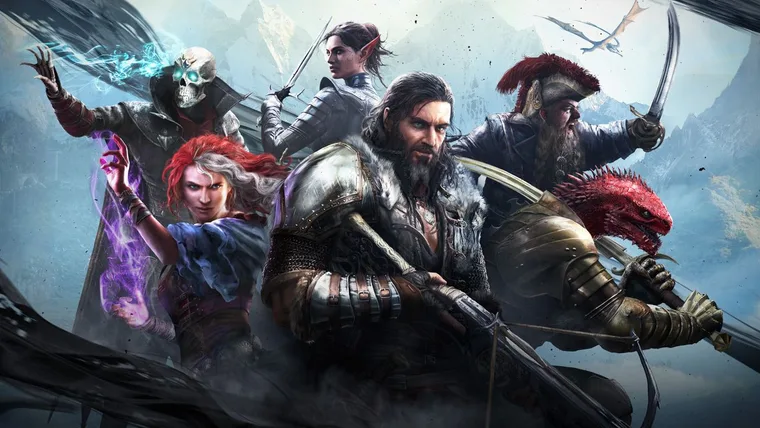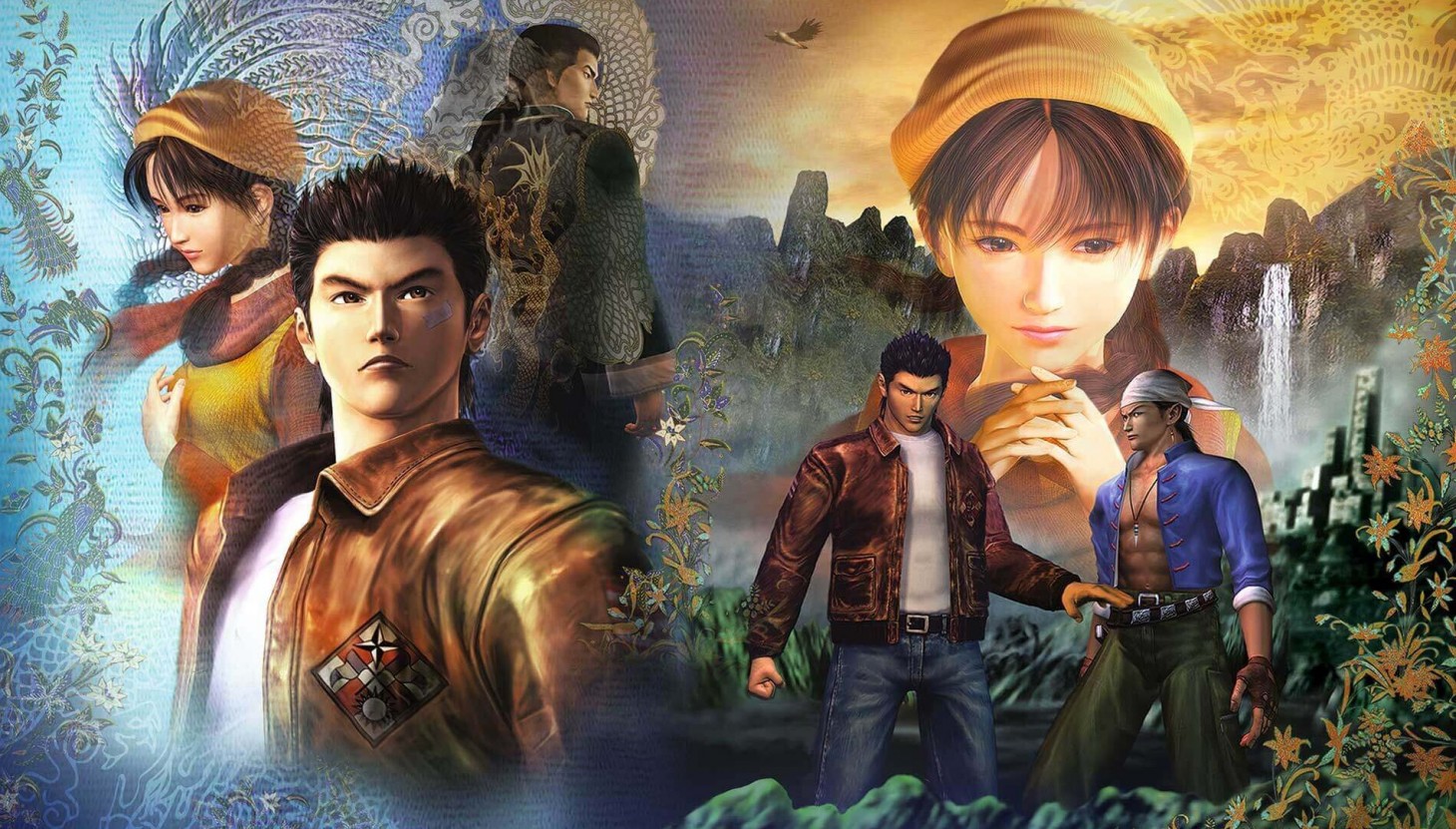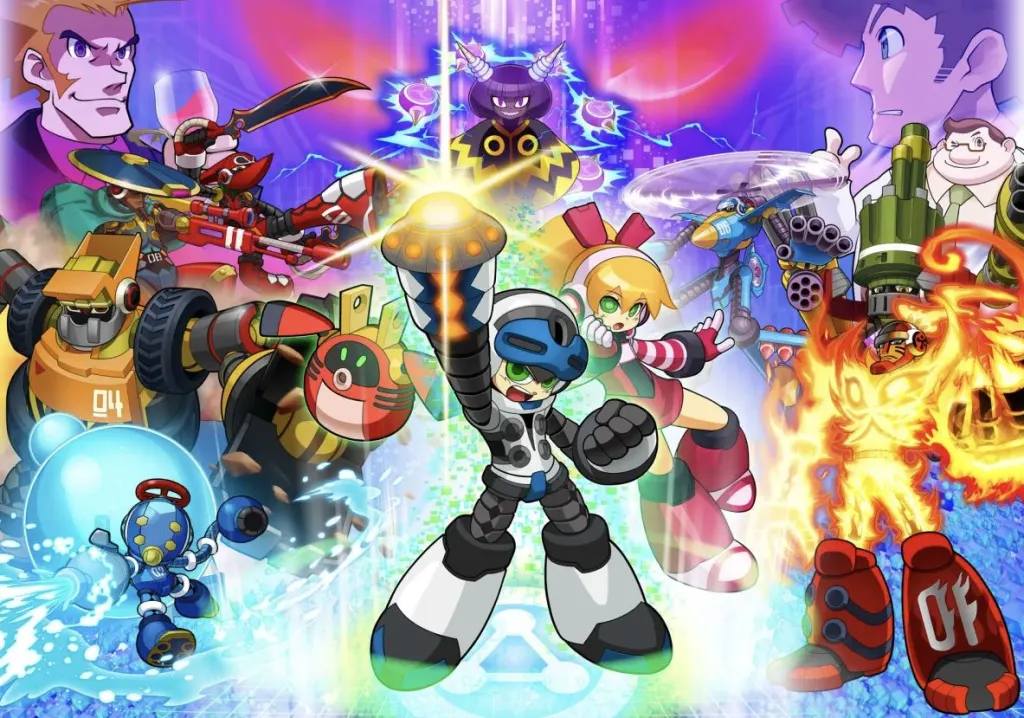The Ultimate List: Kickstarter's Video Game Victories and Disasters!
In the video game industry there are two primary groups: AAA developers and indie studios. AAA developers have millions of dollars in funding and large teams while indie companies generally have smaller budgets and crews. However some independent organizations can receive extra cash from publishers but many now turn to Kickstarter.
Kickstarter is the most prevalent site that allows prospective patrons to vote with their wallets. If someone likes a game idea they can contribute money and bring it to life. Kickstarter has resulted in several noteworthy projects including the Gloomhaven board game series and the amazing show The Legend of Vox Machina. Nevertheless Kickstarter is also home to some duds like the Skarp Laser Razor and the OUYA. Video games are no exception as the site has hosted some of the best and worst games imaginable.
The Best Kickstarter Games
Shovel Knight

In contemporary gaming most games push the limits of modern graphics hardware game world systems and data storage spaces. However some are more concerned with nostalgia like Shovel Knight which aims to give players a taste of the past when sprites were 8-bit and levels were 2D. Beyond its numerous throwbacks Shovel Knight is simply an excellent game.
Yacht Club Games introduced the Kickstarter campaign for Shovel Knight on March 14 2013 promising a polished platformer that looked sounded and played exactly like the games many people grew up with on the Nintendo Entertainment System. The studio undoubtedly succeeded. Shovel Knight went on to win numerous gaming awards including The Game Awards’ “Best Independent Game” and IGN’s “Best Platformer.” Moreover the game’s mascot the titular Shovel Knight became the face of what indie gaming could achieve.
Undertale
Game development careers do not have a specific starting point but many developers consider modding as one of the best. Robert “Toby” Fox began his career in 2008 by modding Earthbound but today he is a household name thanks to Undertale.
Undertale’s Kickstarter campaign was launched on June 24 2013 and the project hooked audiences with a simple concept: players will star as a traditional RPG hero "where one must get hurt." With this premise Fox didn't only collect funds to make his game but he also delivered and impressed backers. Gamers loved the innovative combat system mixed with classic turn-based battles and shoot-em-up sections colorful characters and a deep story that deconstructs many RPG and gaming traditions.
Bloodstained: Ritual of the Night
Castlevania is one of Konami’s popular franchises and the success and influence of Castlevania: Symphony of the Night contributed to that. The game helped popularize the Metroidvania genre and many people linked the title with Koji Igarashi. If anyone was to reinvigorate the Metroidvania scene for the modern age it was him.
Bloodstained: Ritual of the Night‘s Kickstarter campaign was launched on May 11 2015 and Igarashi shared his game's plans. Bloodstained was the spiritual successor to Symphony of the Night. That was all he promised but given the legacy of Symphony of the Night that was enough for the audience. Igarashi’s team delivered a fantastic game with numerous areas to explore oodles of loot and the smooth gameplay that rendered Metroidvania popular to begin with.
Divinity: Original Sin 2

When the Larian Studios announced it was developing Baldur’s Gate 3 it sparked interest in the CRPG community. Larian’s popularity grew with the sheer quality of the epic experience. Baldur’s Gate 3 is arguably the company’s most popular game to date and a solid “Game of the Year” contender. And for this we thank Divinity: Original Sin 2.
The Divinity: Original Sin 2 Kickstarter project launched on August 25 2015 as a sequel to Larian's previous CRPG Divinity: Original Sin (which was also the result of a Kickstarter campaign). Original Sin 2 was an immersive RPG that proposed different systems to enhance the player's gaming experience.
Hollow Knight
Dark Souls shook up the video game industry. Many studios attempted to ape the game’s challenging difficulty and dark mysterious world with varying degrees of success. Some companies even tried adapting the Soulsborne formula to other genres and camera perspectives. Despite some variations in the concept Hollow Knight is one of the most successful examples of a title that followed that trend.
Team Cherry’s Hollow Knight Kickstarter campaign launched on November 18 2014. The game was advertised as a challenging Metroidvania brought to life with “traditional 2D animation” and gamers immediately fell in love with it. Players came for the polished gameplay and stayed for the enigmatic characters and world where every environment and interaction told a story.
The Worst Kickstarter Games
Godus
Peter Molyneux is a name famously associated with monumental titles like Populous Dungeon Keeper Black & White and Fable. Molyneux has a history of proposing game mechanics and systems that his teams cannot make and not delivering what the fans want. Godus is a perfect example of this.
On November 21 2012 Molyneux launched Project GODUS: the Kickstarter campaign that eventually became Godus (or Godus Wars). Molyneux touted the game as a spiritual successor to his earlier “god game” titles like Populous and Black & White. In Godus players would lead a society to prosperity by building houses and altering the landscape. The game received middling reviews at launch but that was only the tip of the game’s iceberg of disaster.
"Mighty No. 9
You might think Keiji Inafune is the big brain behind Mega Man just like Koji Igarashi is for Castlevania. But that's not quite right. Inafune was more of an artist for Mega Man while Igarashi did a bit of everything for Castlevania. This mix-up led to one of Kickstarter's biggest oops moments.
Back on August 21 2013 Inafune kicked off a Kickstarter for Mighty No. 9. It was supposed to be like Mega Man's cousin with a robot hero who could jump slide and steal enemy weapons. The campaign was a hit even planning an animated show. But when the game came out players were not happy. It was just okay and not what they were promised. The graphics and a cringe trailer didn't help. Inafune wanted Mighty No. 9 to be the start of something big but it flopped like a bad prom date.
Stray Souls
Video games movies and TV shows have a lot in common like how a big name doesn't always mean a great product.
A while back Jukai Studio started a Kickstarter for Stray Souls a game that looked a lot like Silent Hill. The CEO Artur Łączkowski had worked at Bloober Team and Akira Yamaoka from Silent Hill was doing the music. Sounds promising right? But when Stray Souls came out it was a letdown. Glitches bad controls and not scary enough. Yamaoka's music was the only good part.
Shenmue 3

Shenmue 1 and 2 were big deals on the Sega Dreamcast known for their open worlds and cool tech. After Dreamcast flopped fans thought they'd never see the end of Shenmue 2's cliffhanger. But then Shenmue 3's Kickstarter started on June 15 2015 and it got a ton of funding.
With the original creator Yu Suzuki leading the way expectations were high. The game did stick to its roots maybe too much. It felt old-fashioned like a 1999 game in a 2019 wrapper. And it ended on another cliffhanger leaving fans frustrated and tarnishing the Shenmue name.
The Stomping Land
In the gaming world trends come and go. Before battle royales and hero shooters survival games were all the rage. But for every good one like Subnautica there were flops like The Stomping Land.
On May 7 2013 Alex Fundora's Kickstarter for The Stomping Land promised a cool survival game with dinosaurs. But when it hit Steam Early Access it was a buggy mess with no fun or originality. Fundora said he'd fix it but he never did. Developers left because of bad communication and no pay. The Stomping Land became a warning tale about the risks of Kickstarter and Early Access with some even calling it a scam."
